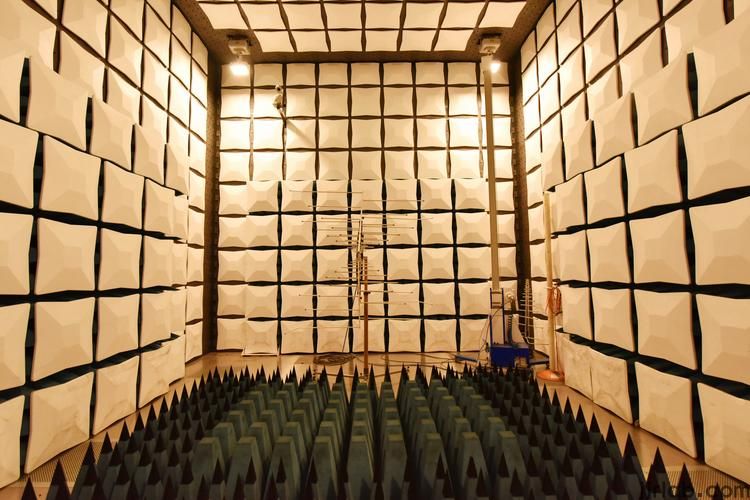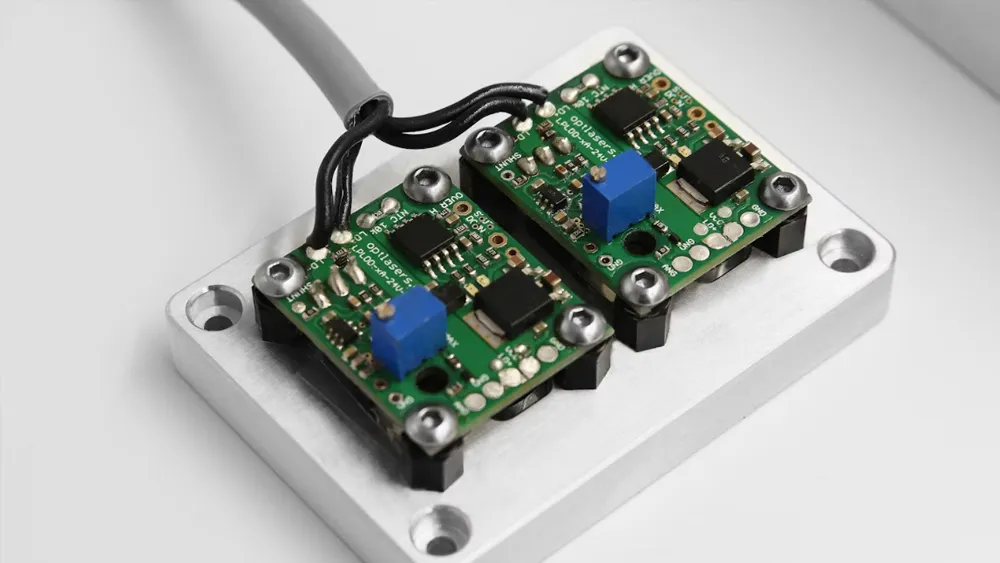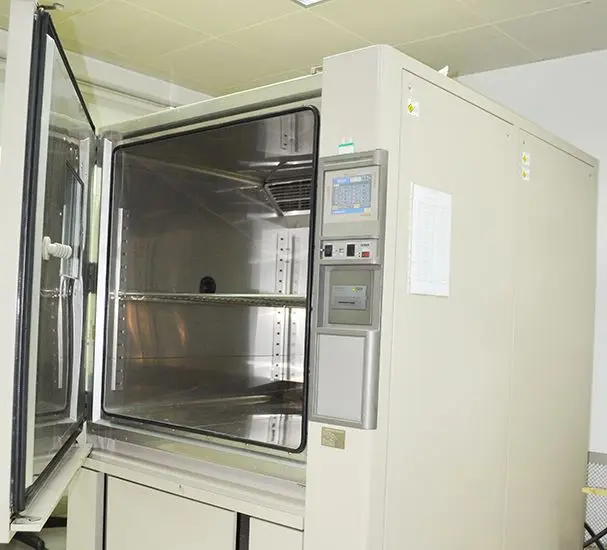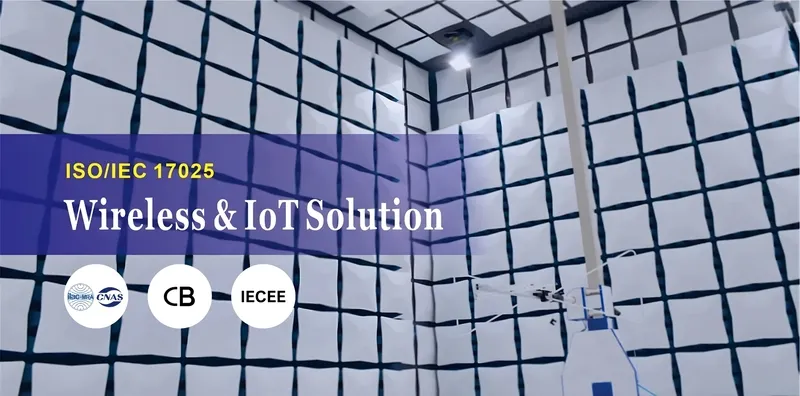
Difference Between CE-LVD and CE-EMC Testing
For selling electronic and electrical products in the EU market, CE certification is an essential pass. Whether on Amazon or other e-commerce platforms, products are requiRED to have both ce-lvd and CE-emc certification qualifications. So, what are the differences between these two? How can certification be efficiently completed?

Definitions and Core Objectives of CE-LVD and CE-EMC
CE-LVD (low voltage directive)
- Applicable voltage range: Electrical equipment operating at AC 50V-1500V, DC 75V-1500V.
- Core objective: Ensure that under normal or faULt conditions, the device will not cause electric shock, fire, or mechanical injury, thus protecting user safety.
CE-EMC (Electromagnetic Compatibility Directive)
- Core objective: Ensure that the device neither interferes with other equipment (EMI) nor is disturbed by external electromagnetic interference (EMS), guaranteeing stable operation.
Comparison of Test Contents: Safety vs. Compatibility
CE-LVD
- Test Focus: Electrical and mechanical safety
- Typical Tests: Insulation resistance, grounding continuity, leakage current, temperature rise test, protection level
CE-EMC
- Test Focus: Electromagnetic compatibility
- Typical Tests: Conducted emissions, radiated emissions, electrostatic discharge immunity, harmonic and voltage flicker tests, surge immunity, power frequency magnetic field immunity, voltage dip tests, etc.
Differences in Scope
- CE-LVD:Applies to all equipment operating within the rated voltage range, such as household appliances, lighting, power tools, medical devices, etc.
- CE-EMC:Covers a broader range including industrial equipment, consumer devices, multimedia devices, household appliances, and lighting. Passive components (e.g., resistors, capacitors) generally do not require certification.
Regulation Updates and Validity
- CE certification has no fixed validity period but must be re-evaluated following updates in EU regulations.
- lvd directive: 2014/35/EU
- EMC Directive: 2014/30/EU
CE-LVD ensures product safety, while CE-EMC guarantees electromagnetic compatibility—both are indispensable. Before listing on EU e-commerce platforms (such as Amazon), be sure to complete both certifications.
Email:hello@jjrlab.com
Write your message here and send it to us
 How to get the MSDS Report for Electronic Cigarett
How to get the MSDS Report for Electronic Cigarett
 Prop 65 Warning on Appliances
Prop 65 Warning on Appliances
 Apparel Heavy Metal Testing
Apparel Heavy Metal Testing
 Can You Conduct Lab Tests to UL Standards
Can You Conduct Lab Tests to UL Standards
 What Products Are Affected by Prop 65?
What Products Are Affected by Prop 65?
 CPSIA Compliance for Children's Products
CPSIA Compliance for Children's Products
 Children's Products Canadian Requirements
Children's Products Canadian Requirements
 What is a CE EU Authorized Representative
What is a CE EU Authorized Representative
Leave us a message
24-hour online customer service at any time to respond, so that you worry!




